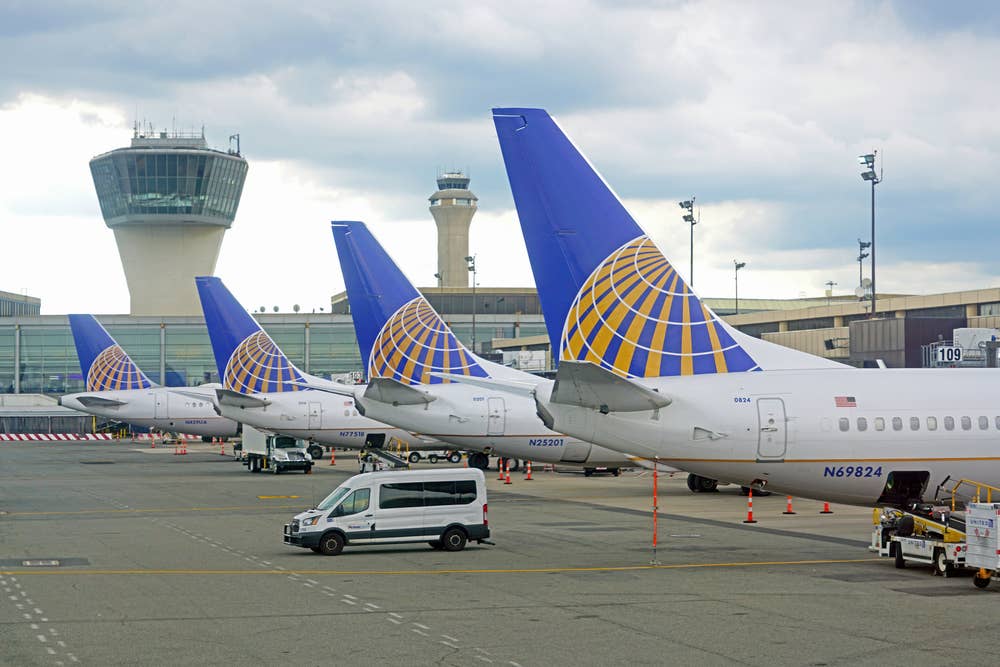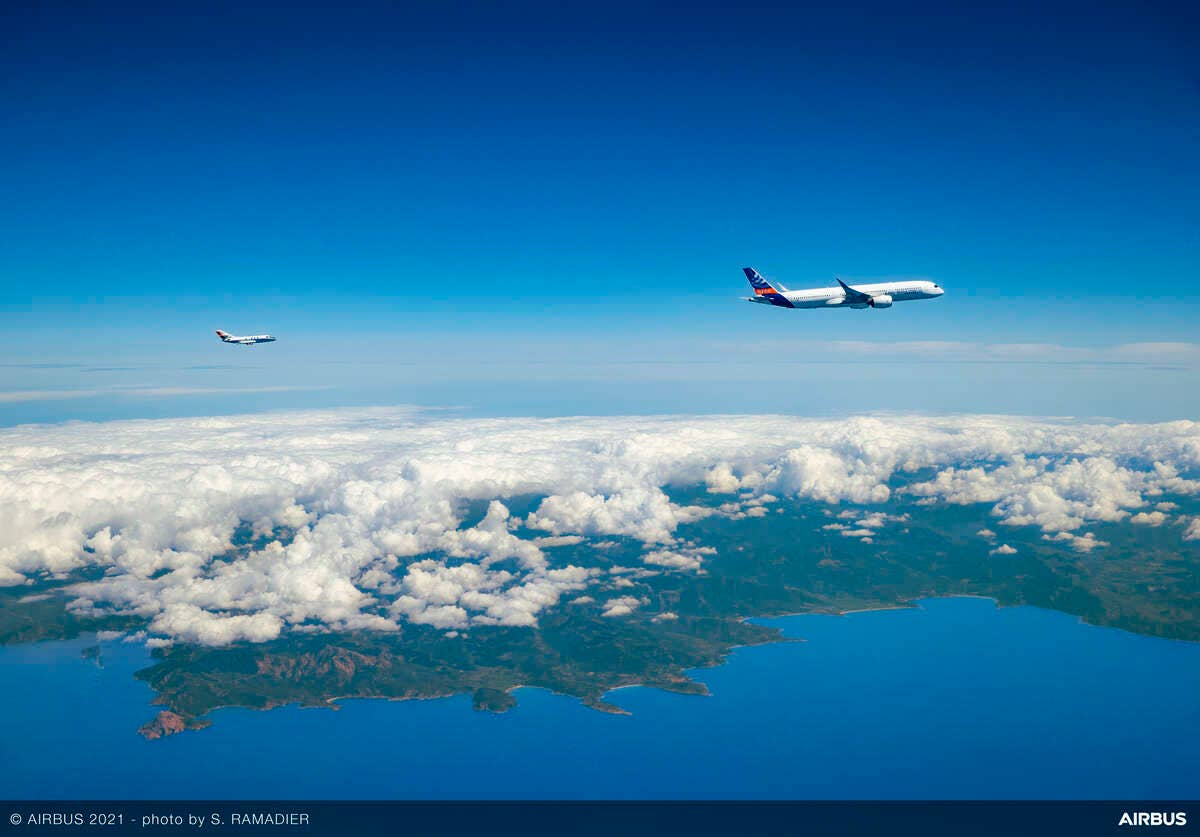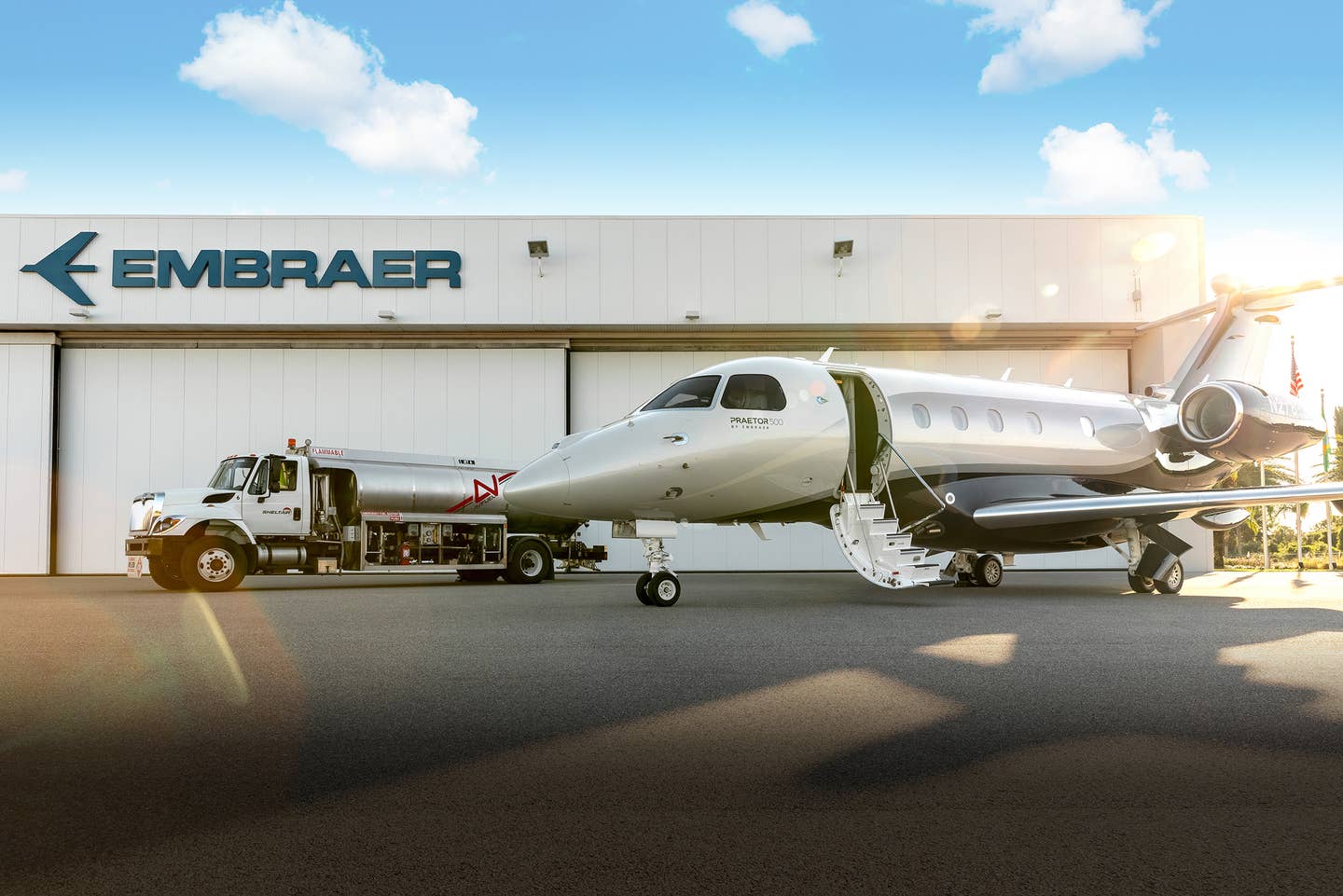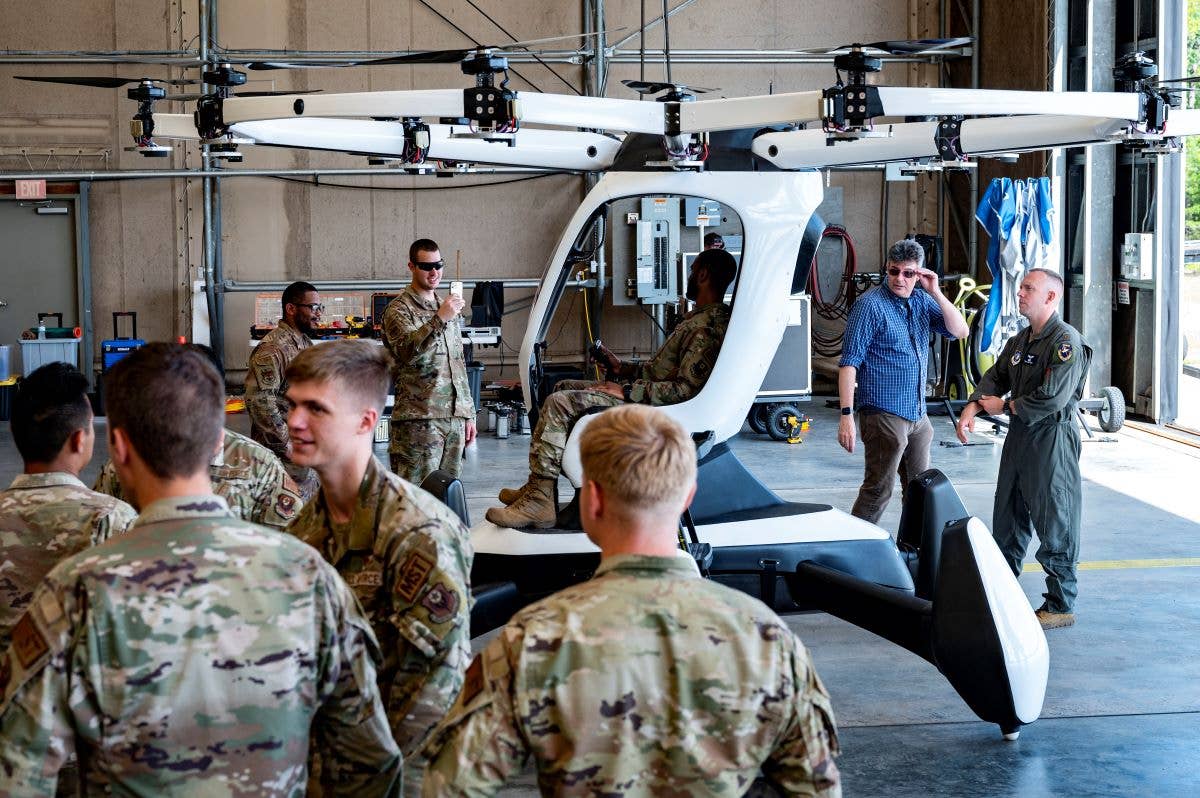Diamond DA42 Twin Makes First SAF Flight
The flight test at Bremen Airport in Germany marks the beginning of an extensive SAF evaluation program.
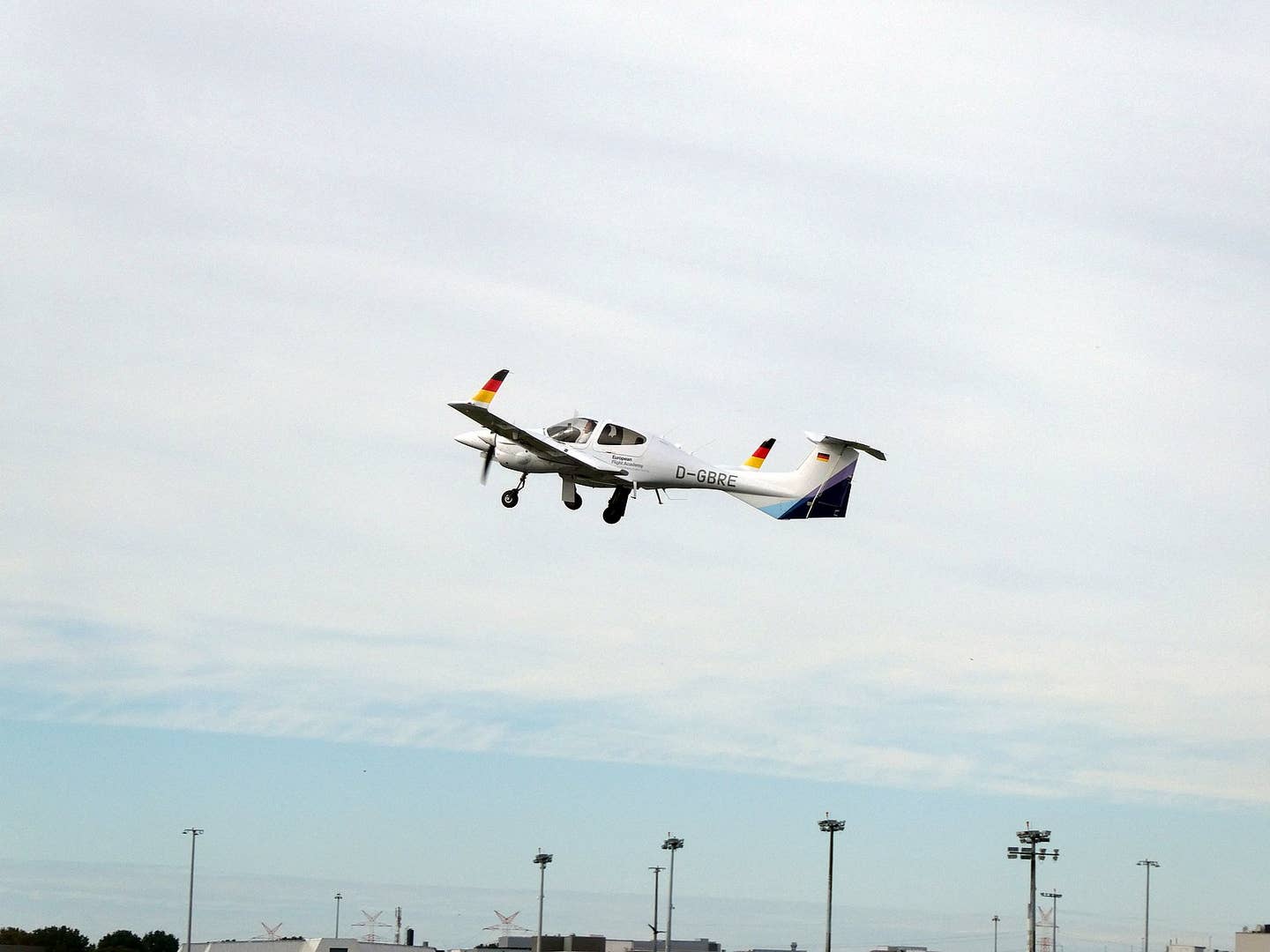
Diamond used a DA40 twin for recent testing with blended SAF. [Courtesy: Diamond Aircraft]
Diamond Aircraft said one of its DA42-VI light twins recently flew for the first time using sustainable aviation fuel, or SAF, at the Bremen Airport (EDDW) in Germany.
The company said the airplane, which is part of the training fleet of European Flight Academy—an operation under Lufthansa Aviation Training—flew circuits around the airport after a period of testing and preparation involving Diamond, LAT, and the engine manufacturer Austro Engine.
Bremen Airport was chosen for the demonstration flight in part because it is among the first airports in Germany to stock SAF provided by World Fuel Services. The fuel is refined from oil waste, aquatic plants, and soil-based plants in Ghent, Belgium. The process includes hydrogenating the oils and fats prior to refining them in a manner similar to fossil fuels, Diamond said.
The joint event marked the beginning of extensive testing with blended SAF aimed at making flight training for Lufthansa pilots more sustainable. Results of the current testing will help determine whether SAF can eventually become the sole fuel for the European Flight Academy, the companies said.
"I am very pleased that we are all standing here together today and are able to witness this test flight of one of our European Flight Academy training aircraft, fueled for the first time with SAF,” said Birgit Bubelach, head of training services at Lufthansa Aviation Training. “This has been made possible by our long-standing good partnership with the airport operator as well as the fuel supplier here at Bremen Airport, who, at our request and without hesitation, were available to our training aircraft manufacturer Diamond and its engine manufacturer Austro Engine for the testing of SAF for their engines.”
Diamond Aircraft and Austro Engine said they anticipate increasing the availability of SAF blends as a "drop-in" fuel for general aviation and releasing the entire fleet to use the blended fuel by the end of 2025. “Significant market penetration of SAFs is expected by 2030 and availability of 100 percent pure SAFs without blending for 2050,” the companies said.

Subscribe to Our Newsletter
Get the latest FLYING stories delivered directly to your inbox

